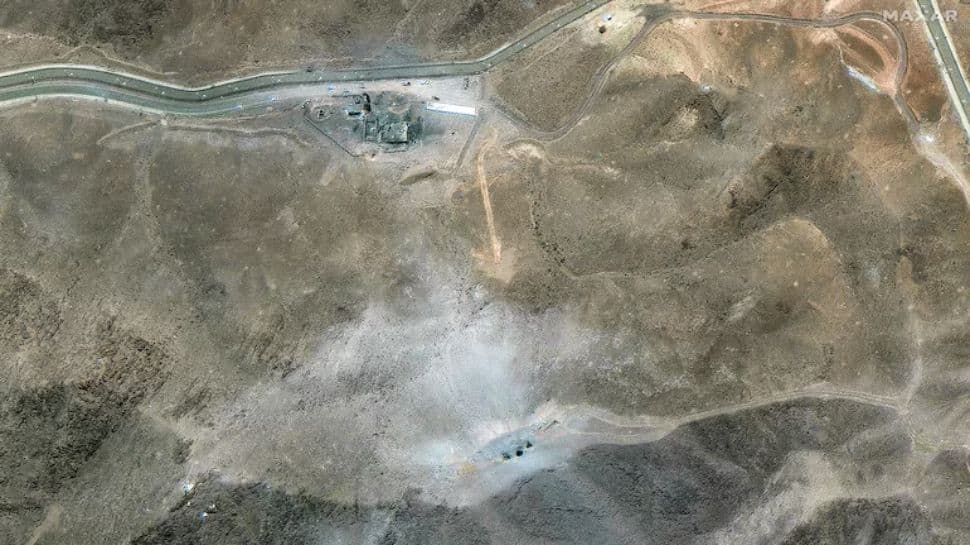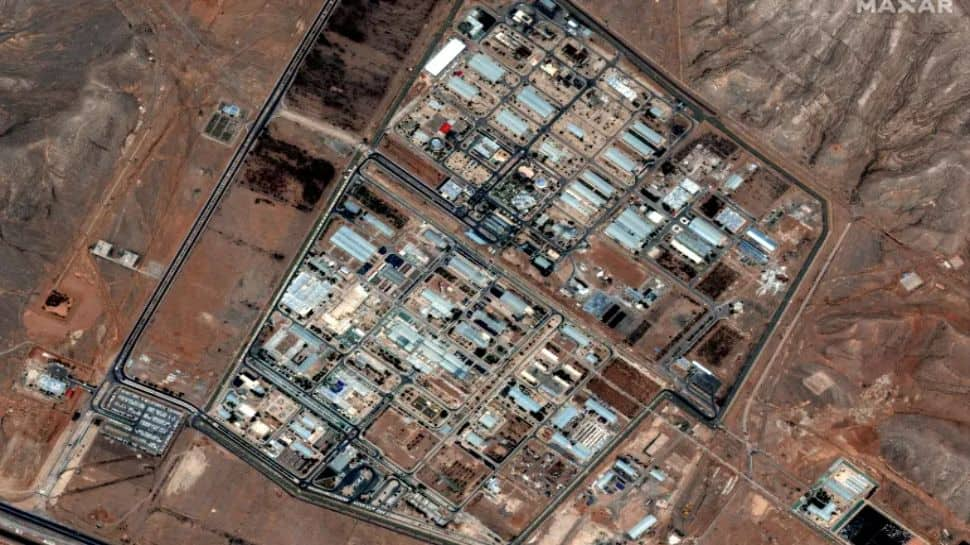Iran Scrambles At Fordow Nuclear Site After US Strike – What Do The New Satellite Images Reveal? | World News

New Delhi: For 16 days, silence lingered after the bombing. Now, fresh satellite images captured on June 29 show a flurry of construction activity. Craters are being filled. Roads are newly carved. Trucks and cranes cluster near the eastern edge – exactly where bunker-busting bombs had struck.
This is the same Fordow site targeted by US stealth bombers during a massive joint air campaign with Israel earlier this month. Israel began the strikes on June 13, hitting both nuclear and military assets inside Iran. The United States joined soon after, deploying B-2s loaded with Massive Ordnance Penetrators. Fordow, Natanz and Isfahan – three pillars of Iran’s uranium program – were all hit.
Iran initially dismissed the damage. Officials said the facilities remained intact. But satellite images from Maxar Technologies tell a different story.
In the latest image, a backhoe moves into a tunnel carved into the hillside. Trucks line the damaged perimeter. The entrance gate – once peppered with shrapnel – is now flanked by scaffolding.
Nuclear experts, who reviewed earlier photos taken on June 28, believe Iran may be burying craters or collecting radiological samples. “Something happened down there,” they said.
US President Donald Trump, meanwhile, has declared victory. Speaking at a campaign stop on June 22, he claimed America had “obliterated” Iran’s nuclear infrastructure. “Fordow, Natanz, Isfahan – gone. They are in the Stone Age now,” he said.
Iran’s Supreme Leader Ayatollah Ali Khamenei does not agree. In a televised speech on June 26, he mocked the US president’s remarks. “He brags, but nothing was achieved. It is all exaggeration,” he said.
But activity on the ground suggests urgency. One photo shows cranes parked directly over what analysts say could be buried centrifuge halls. Another image reveals new access routes being laid through scorched terrain.
The operation – codenamed ‘Midnight Hammer’ – involved 125 aircraft, including seven B-2s. Fourteen bunker-busting bombs were used. Each weighs over 14,000 kg.
On June 24, two days after the strikes, Trump announced a ceasefire. Iran denied agreeing to one. But whispers of diplomacy have emerged. Iran’s deputy foreign minister said that the United States had sent word via intermediaries, seeking to resume talks. But he warned, “First, the US must guarantee there will not be more strikes.”
Now, all eyes are back on Fordow. It sits buried under a mountain, reinforced against attacks. Yet in less than an hour, B-2 bombers changed its future. What happens next depends on what survives beneath that rubble and whether Iran digs it back up.







